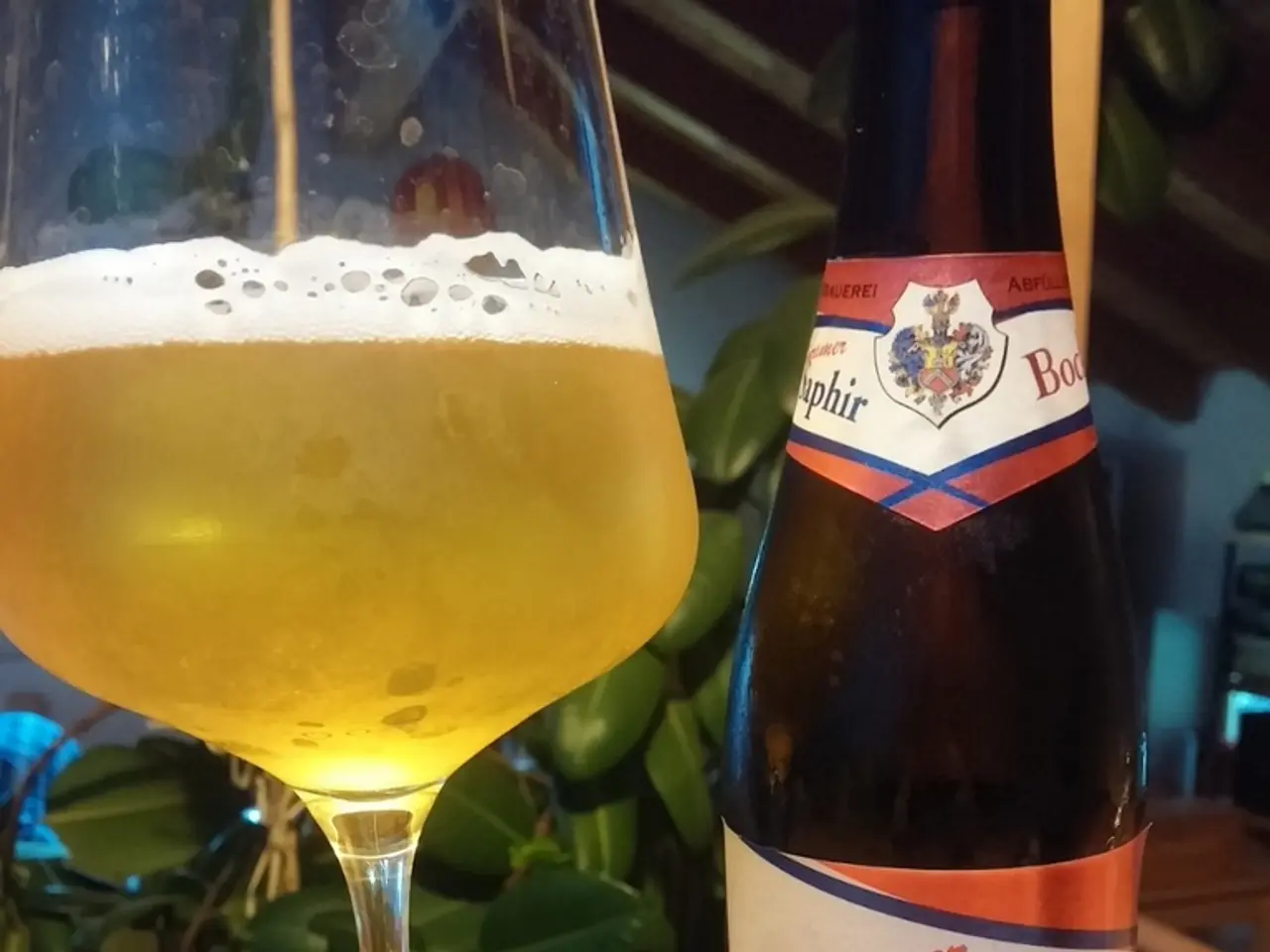Wine expert Andrew Jefford views Clairette as the sibling of Grenache, noting its ability to expose the unique characteristics of the region's soil, or terroir.
In the vibrant wine-making region of Southern France, a new appellation is making waves - Gigondas Blanc. This white wine, primarily made from the Clairette grape variety, is set to captivate wine enthusiasts with its unique aromatic profile and ability to express the terroir of the region.
Clairette, often described as the brother of Grenache, is a versatile grape that contributes distinctive flavours such as fennel and anis (anise) to Gigondas Blanc. Other characteristic scents and flavours associated with this white wine include stone fruits and herbal notes, thanks to the typical inclusion of Bourboulenc and Roussanne, which are known for their floral and stone fruit aromas respectively.
The vineyards of Gigondas range from 120m to 550m in altitude, with all points of the compass covered. The climate and soil conditions at these varying altitudes contribute to the wine's profile, with wines from higher-sited vineyards exhibiting a more brisk and sappy character, while those from lower-lying areas are richer and more lush.
The wine's acidity should be fresh but uninsistent, with softly lapping rather than sharp or angular acidity. Oxidation and over-emphatic wood notes are risks to avoid in this wine.
The Gigondas Blanc appellation allows for balancing varieties including Clairette Rose, Grenache Blanc and Gris, Marsanne and Roussanne, Piquepoul Blanc and Bourboulenc, with no more than 5% Viognier and Ugni Blanc.
The initial proposal for a new appellation for Gigondas Blanc was met with rejection by the INAO regulatory authorities, citing insufficient white-grape plantings. However, the rapid uplift in plantings for Gigondas Blanc is planned, with Pierre Amadieu properties owning half of the current 17.74ha of plantings.
Louis Barruol of Chateau de Saint Cosme and Pierre Amadieu, another advocate for Gigondas Blanc, have been instrumental in promoting the unique qualities of this white wine. They responded to the initial rejection by producing a series of identically vinified white parcellaires wines over four years to make their case.
Notable producers of 'pure' Clairette versions in Chateauneuf-du-Pape include Domaine la Barroche, Raymond Usseglio, and Chateau de Vaudieu. The scent of this white wine is also present on the palate, offering a harmonious balance of flavours and aromas that are sure to delight wine lovers.
Once prized for its oxidative charms, Clairette was thought to be doomed in the modern era. However, it is now freshly scented and reascendant in Gigondas, offering a new and exciting addition to the world of wine.
[1] Source: July 2025 Issue of Highlights Magazine.
- The unique aromatic profile of Gigondas Blanc, primarily made from Clairette grapes, is captivating wine enthusiasts, as it boasts a scent of fennel and anis alongside stone fruits and herbal notes.
- Pierre Amadieu's properties own half of the current 17.74ha of Gigondas Blanc plantings, contributing to the rapid uplift in plantings for this white wine variety in the region.
- Louis Barruol and Pierre Amadieu, advocates for Gigondas Blanc, used a series of identically vinified white parcellaires wines over four years to make their case after the initial rejection by regulatory authorities.
- The world of food-and-drink now witnesses a renaissance of Clairette in Gigondas, once thought to be doomed in the modern era but now offering a freshly scented and reascendant addition to the world of wine.




